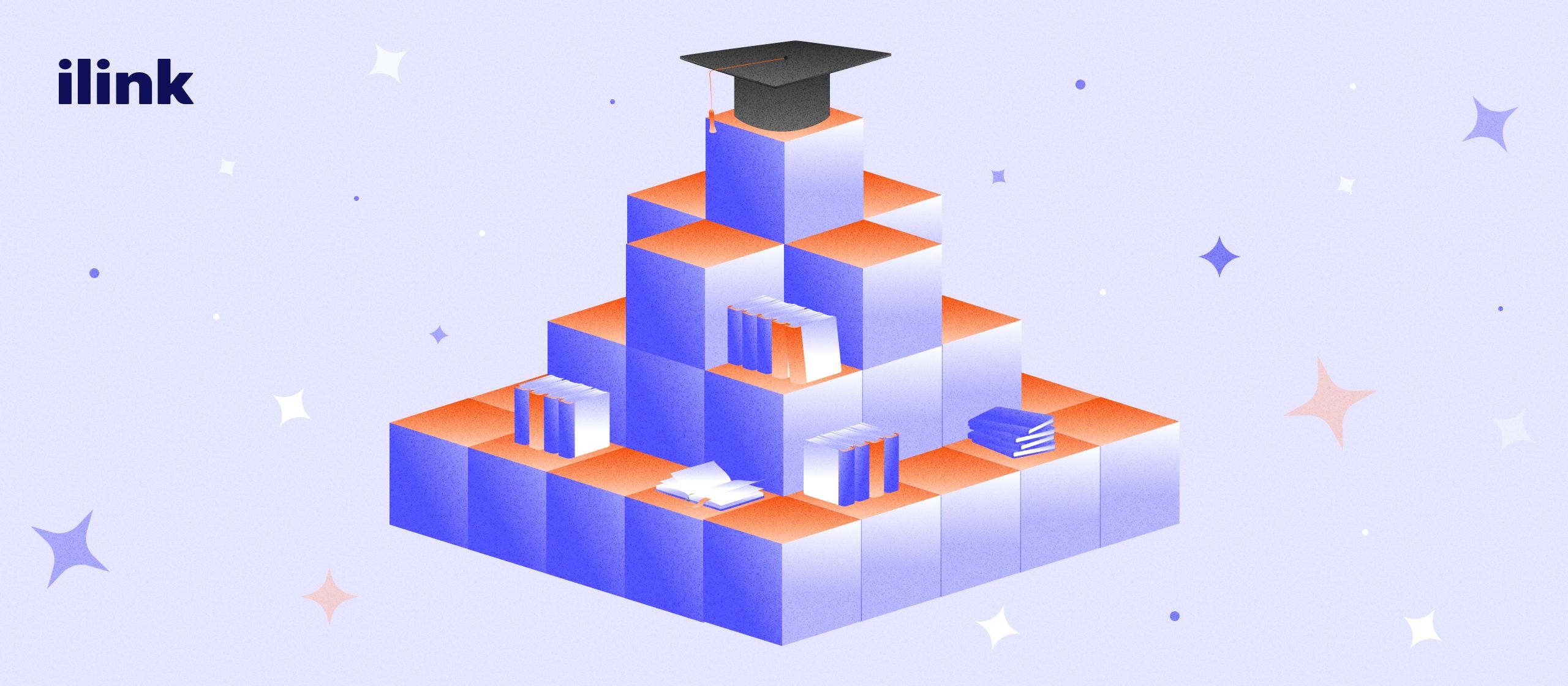How Long Does It Take to Develop Software in 2025-2026?

Introduction
In 2025, businesses rely more than ever on software solutions to streamline operations, enhance customer experiences, and gain a competitive edge. One of the first questions companies ask when planning a project is: how long does it take to develop software? The answer isn’t one-size-fits-all — software development timelines vary depending on many factors. Understanding what influences the duration of a project can help organizations plan smarter, stay within budget, and launch faster.
What Influences Software Development Timelines?
The software development timeline depends on several key elements. The most obvious is project complexity. A basic app with limited features takes much less time to build than an enterprise-grade platform or a blockchain-based solution. The technology stack also plays a major role — some frameworks and programming languages support faster prototyping, while others require more setup or testing.
The size and experience of the development team impact delivery speed as well. A skilled custom software development company with a strong process can deliver a polished product faster than a fragmented or inexperienced team. Design requirements, third-party integrations, and client feedback cycles also influence the overall duration.
Average Software Development Timeline by Project Type
Although no two projects are the same, here are general ranges based on project type:
- Minimum Viable Product (MVP). 1–3 months. Ideal for startups looking to test an idea quickly.
- Web application. 3–6 months. A typical range for a full-featured frontend + backend system.
- Enterprise software. 6–12+ months. These large-scale systems often require complex integrations, scalability planning, and multi-stage development.
- Blockchain applications. 3–9+ months. Depending on smart contract complexity, consensus mechanism, and tokenization features.
These timeframes align with modern software development life cycle (SDLC) standards and common agile development timeframes.
How to Estimate Software Development Time
To estimate software development time accurately, developers begin with a thorough understanding of the project requirements. This includes documenting features, defining user roles, and outlining any third-party integrations.
Next, teams break the project into tasks and apply estimation methods — story points, planning poker, or time-based estimates. Agile teams often use past velocity data to gauge how much work can be completed in a sprint. The choice of methodology also matters: Agile development allows for flexible adjustments and faster feedback loops, while Waterfall requires upfront planning.
Partnering with an experienced software development company helps refine estimates and prepare for potential roadblocks.
Tips to Reduce Software Development Time Without Sacrificing Quality
Reducing development time doesn’t have to mean cutting corners. Here are proven ways to move faster while maintaining quality:
- Start with a clear, well-scoped MVP;
- Use agile methodologies to adapt and iterate quickly;
- Prioritize features that bring immediate value;
- Test continuously throughout the development cycle;
- Work with a team experienced in your industry or tech stack.
Choosing the right tech partner can significantly shorten your custom software development duration while improving overall outcomes.
Why Choosing the Right Development Partner Matters
No matter the type of project, having a reliable and experienced team is the key to delivering on time. A good software and blockchain development company not only builds your product but also helps you plan, estimate, and execute with confidence. With expert input, realistic timelines, and agile delivery practices, you can bring your vision to life — without unnecessary delays.
Understanding how long it takes to develop software is about more than just counting days. It’s about aligning goals, staying flexible, and making smart decisions from day one.
Comments (0)
Latest Posts

Understanding the mechanics of these platforms is crucial for anyone looking to participate in the world of NFT trading and digital ownership.

In this article, we will dive into the key roles in a blockchain development team, the necessary skills for each role, and the tools and methodologies that help these teams collaborate efficiently and deliver top-notch blockchain applications.
Do You Have Any Questions?
Leave your details - we will contact you to answer all your questions

